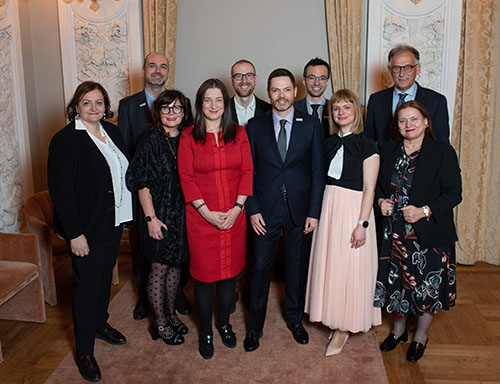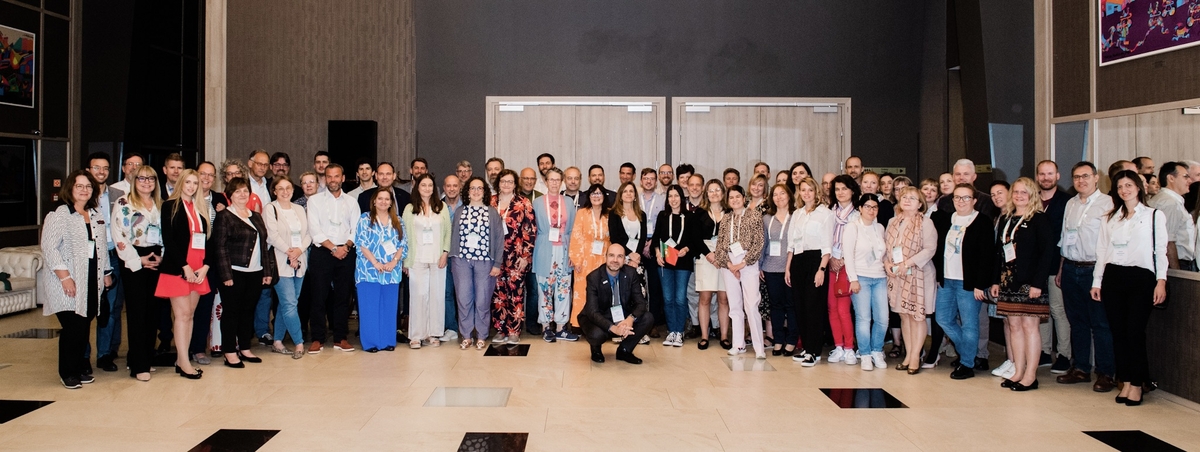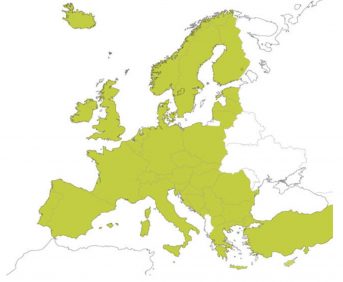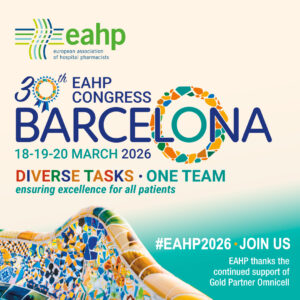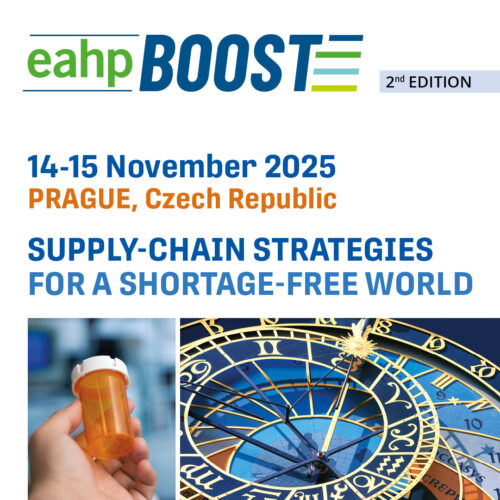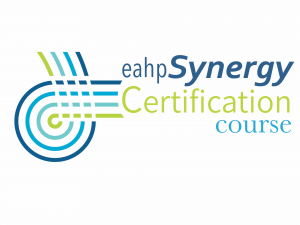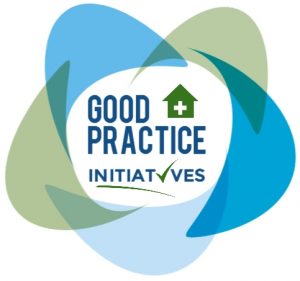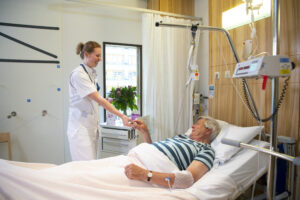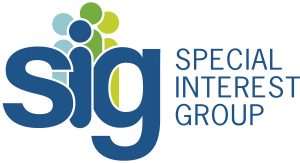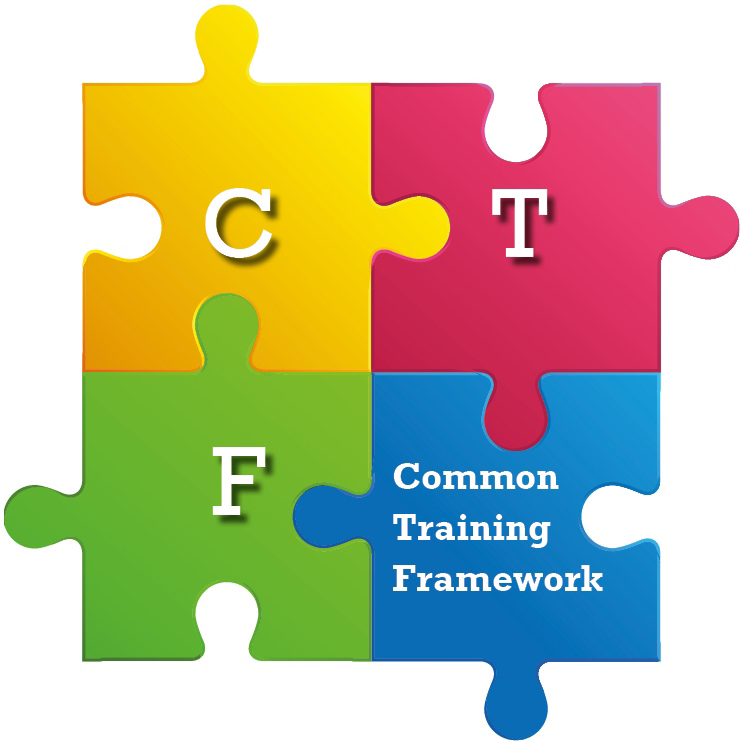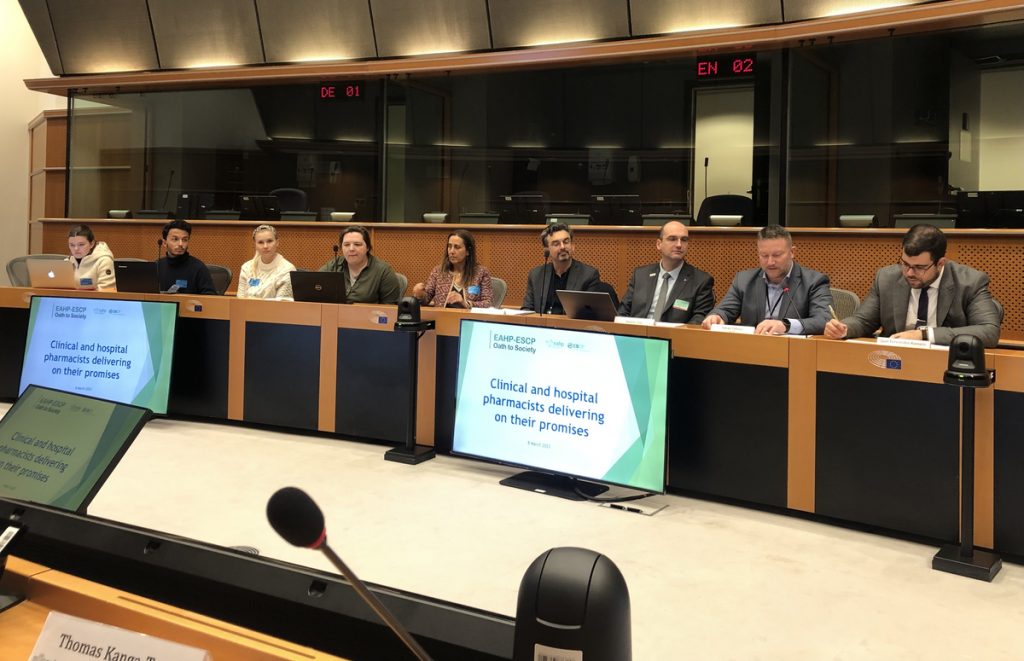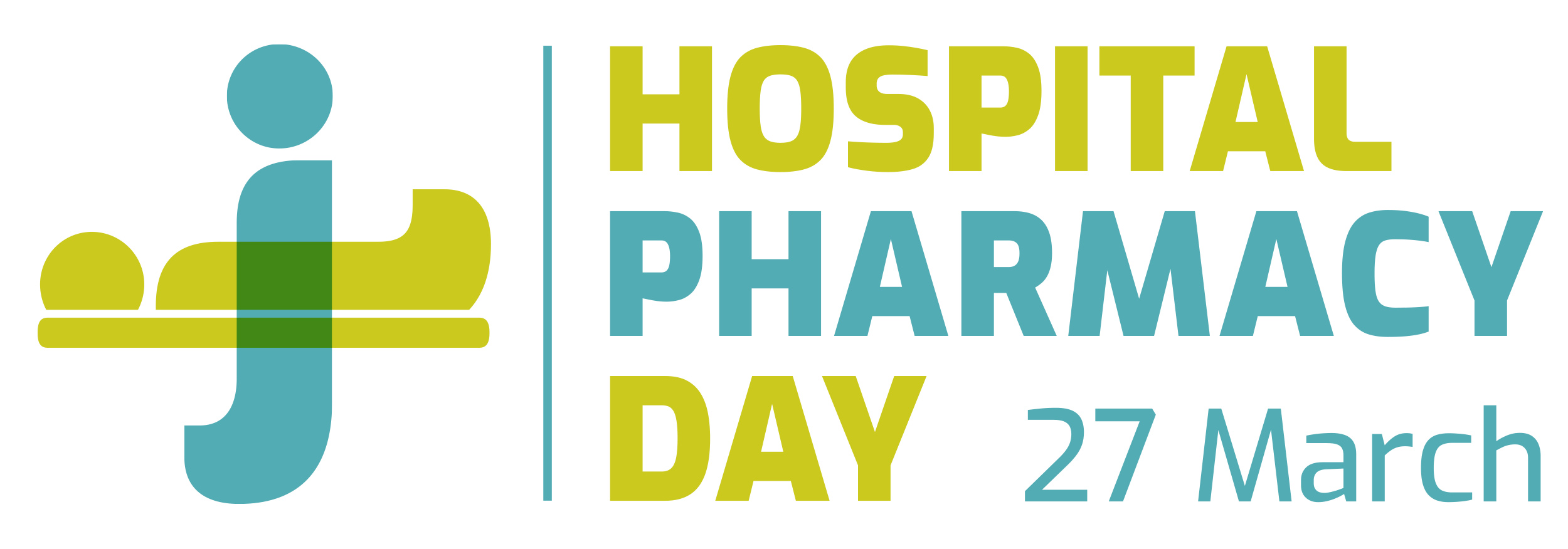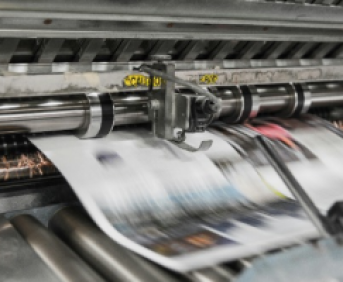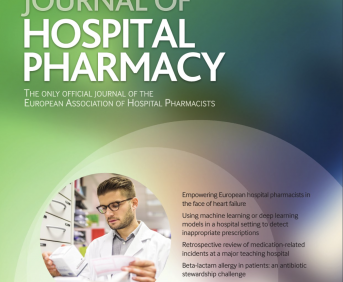TO IMPROVE TIMELY MEDICINES PROVISION AND ENSURE SAFE PRESCRIBING AS WELL AS SUPPORT EARLY DISCHARGE PLANNING TO IMPROVE FLOW INSIDE AND OUTSIDE AN NHS TRUST
Pdf

European Statement
Clinical Pharmacy Services
Author(s)
Christina Anastasiadou – Lead Pharmacist Acute & Emergency Medicine
Karen Dicks – Chief Pharmacy Technician Medicines Management
Radhika Patel – Pharmacy Technician MMS
Why was it done?
Until October 2023, the A&E department in Croydon University Hospital in London lacked a full-time pharmacy service, unlike other London trusts. This has contributed to suboptimal medicine management and a delay in the identification of prescribing errors. This has resulted in longer stays, missed medication doses, and a rise in patient safety incidences. At a hospital level this reduces flow and increases cost due to medication wastage. Ultimately, the aim is to improve the flow of patients within the hospital via timely medicines provision, early clinical pharmacy intervention and early discharge planning.
What was done?
We have obtained funding from the Better Care Fund for a period of 2 years. This funding is aimed at assisting local systems in effectively achieving the integration of health and social care in a manner that promotes person-centred care, sustainability, and improved outcomes for individuals and caregivers. Therefore, we introduced a full-time pharmacy service including one pharmacist and two medicines management technicians (MMTs)—one full-time and one part-time. This initiative was implemented as a 2-year trial period, using key performance indicators (KPIs) to evaluate its effectiveness.
How was it done?
Data has been collected against the below KPIS:
1) Number of drug histories completed on admission, before patient is allocated a ward (by MMT or pharmacist) per calendar month.
2) Number of medicines reconciliations completed (by pharmacist) per calendar month.
3) Number of clinical interventions completed by all members of the pharmacy team.
4) Savings secondary to the use of patient’s own drugs (PODs) brought from home for administration to reduce medicines wastage.
5) Savings due to the return of medicines to inpatient pharmacy for re-use from other patients when appropriate.
6) Time between request of medicines from pharmacy dispensary and medicine being dispensed, checked and released to A&E.
7) Review of stock lists in all areas in A&E.
8) Reduction in omitted doses.
9) Discharge medicines supply and screening from A&E to streamline discharge.
10) Number of patients counselled on their medicines and provided with patient-friendly information on them.
11) Number of referrals to community teams i.e allocated chemist via Discharge Medicines Service, Integrated Care Network (ICN) pharmacists or specialty teams (i.e anticoagulation clinic for newly initiated anticoagulant) to provide continuation of care.
12) Liaising with specialty teams within the hospital to expedite review and treatment in a time efficient and cost-effective way.
What has been achieved?
The current pharmacy team is fully integrated into the A&E service and has contributed significantly towards advancing patient experience, via early pharmacy engagement with patients. During the first 10 months of the project, we have data to show:
1) A 540% increase in drug histories and medicines reconciliation on admission.
2) A 19.525% increase in clinical interventions and early detection of medication errors.
3) We have completed 5 teaching sessions so far, in order to tackle common prescribing and medicines management inaccuracies and embedding solutions into nurses and doctors training.
4) We have contributed towards the reduction in omitted doses by 6%.
Positive contribution towards tackling medicines wastage has been shown too. Our team contributed towards saving £13.110 from April to September 2024 by using PODs for administration in hospital and £10.483 by returning dispensed medications to the inpatient pharmacy for recycling and use for other patients for the same time period.
In addition, the team has completed 66 referrals to the community pharmacy team for follow up on newly started medicines, stopped medicines, adherence concerns and polypharmacy. This is in order to provide continuous care and establish follow-up after discharge from hospital.
All in all, improved safe patients flow in and out of hospital.
What next?
Work towards a business case for a permanent pharmacy service in A&E, to continue further developing the above. Utilise all the skills our MMTs hold, in order to continue working on patient safety, improved flow and cost improvement plans. Introduce a pharmacist-prescriber who will be able to tackle arising problems as soon as possible and provide high quality care in liaison with doctors, nurses and advanced care practitioners.
72-HOUR TREATMENT RESPONSIBILITY AFTER DISCHARGE: CHARACTERIZATION OF MEDICATION-RELATED CALLS
Pdf

European Statement
Clinical Pharmacy Services
Author(s)
Daniel Rasmussen* and Morten Baltzer Houlind
Why was it done?
72-hour treatment responsibility (72H-TR) after hospital care is established to create a safe transition for the patient between hospital treatment and their home. After the implementation of 72H-TR, Copenhagen University Hospital, Amager and Hvidovre (AHH), experiences many calls from the municipalities related to patients’ medications. The purpose of this was to characterize calls related to medication in relation to 72H-TR.
What was done?
We reviewed logs from incoming calls made by Copenhagen and Høje-Taastrup municipalities regarding 72H-TR.
How was it done?
Calls related to patients discharged from the orthopedic or pulmonary medicine departments from AHH during the period from September to November 2023 were included. Further, two senior clinical pharmacists assessed whether calls related to medication was potentially preventable. In case of disagreement, consensus was reached between the reviews.
What has been achieved?
The results showed that 27 out of 50 (54%) calls were medication-related, and 22 out of 27 (82%) were potentially preventable. Of the medication-related calls that were potentially preventable, suboptimal communication was responsible for 11 out of 22 cases (50%), lack of a prescription accounted for 8 out of 22 cases (36%), and incomplete medication reconciliation accounted for 3 out of 22 cases (14%).
What next?
The next step will involve cross-sectoral and interdisciplinary workshops to identify barriers and facilitators and optimize the discharge process. We will also continue improving the online medication discharge reports available to municipalities to eliminate any ambiguities.
Development of a hospital pharmacist led re-evaluation of medication errors
Pdf

European Statement
Patient Safety and Quality Assurance
Why was it done?
All errors, whether involving medication or not, are required to be reported and classified in the hospital reporting system. However, the system is poorly adapted for medication management and lacks the relevant terms. This results in the same type of error being classified in various ways, making systematic quality improvement difficult. A pilot study confirmed the system’s shortcomings, after which a new medication management process was developed and evaluated.
What was done?
The existing process for classifying medication errors was supplemented with a new process in which hospital pharmacists reclassified medication errors detected in the reporting system. The reclassification was based on a predefined medication management process.
How was it done?
A medication management process was developed in collaboration with specialist nurses and in accordance with applicable regulations and policies. The process consisted of the following activities: 1) Prescription, 2) Ordering/Delivery, 3) Storage/Narcotics Control, 4) Preparation, 5) Handover/Administration, 6) Medicines information in transitions of care, 7) Follow-up of treatment, and 8) Miscellaneous. The process was validated by having four hospital pharmacists independently classify 176 medication errors. Consistency in the assessment was evaluated, and the process was corrected as needed. All medication errors classified as medication-related in 2022 or containing the word “medication” in free text were thereafter exported from the reporting tool to Microsoft Excel and then into a data processing and performance monitoring tool for further analysis.
What has been achieved?
A total of 756 medication errors were identified in the reporting tool, distributed across 65 different activities. Hospital pharmacists identified an additional 305 errors through free-text searches that had not been reported as medication-related. A total of 1,061 medication errors (756+305) were reclassified and grouped into eight activities. The highest risk of errors was associated with the preparation (19%), followed by storage/narcotics control (18%), and prescription (17%). The new process, involving hospital pharmacists in classification, creates conditions for a more systematic approach to medication errors. The pilot project was presented at the hospital’s themed day for World Patient Safety Day 2022.
What next?
Discussions have been initiated with system developers to improve the reporting tool. Discussions with hospital management will be initiated with the goal of creating a structure in which hospital pharmacists have an active role in the hospital’s work on patient safety related to medication.
Medication reconciliation practice at transitions of care: a new challenge or opportunity for the clinical pharmacist?
Pdf

European Statement
Clinical Pharmacy Services
Author(s)
Elisabetta Volpi, Giuseppa Lo Surdo, Sara Tonazzini, Stefania Alduini, Maurizio Mangione, Umberto Paradossi, Monica Baroni, Sergio Berti, Stefania Biagini
Why was it done?
Several data suggest that pharmacists and physician collaboration, direct pharmacist interaction with patients or caregivers through medication reconciliation and discharge counselling decreases the number of adverse drug events (ADEs) and plays an overall positive role in transitional care. Our aim is to demonstrate the constant necessity of pharmacist led medication reconciliation in order to maintain a high standard of care and safe medication use.
What was done?
Medication reconciliation at hospital discharge is essential for the prevention of medication discrepancies and patient harm. Hospital pharmacists are recognised as one of main healthcare providers that can support the physicians in this activity.
Since 2016, the medication reconciliation process has been performed by physicians and clinical pharmacists before home discharge from the Heart Hospital, Fondazione Toscana G.Monsaterio in Italy.
How was it done?
We analysed the medication reconciliation activity performed in our hospital over time and we observed that the number of unintentional discrepancies was always around 20%.
A shared pre-discharge prescription review programme has been activated with all doctors, so when the final lists of drug prescriptions are ready, the pharmacist examines them and suggests improvements or corrections to the doctor before the discharge letter is delivered to patients. Among the unintentional discrepancy observed, the most frequent were omissions of chronic therapy, lack of information about suspension for low molecular weight heparin or antibiotics.
What has been achieved?
A strong collaboration between physicians and clinical pharmacists has been achieved as we shared the results of this improvement. The same activity has been required and extended to the paediatric ward where the demand of simple, clear and complete information is even more crucial given the particular inter-individual variability and fragility of this population.
What next?
We would like to improve the prescription review programme also at admission in order to minimise drug omissions and at transition between different wards or different hospitals with the aim of improving communication between health care settings.
Safety Team, a team to promote a safety culture in the Pharmacy Service
Pdf

European Statement
Patient Safety and Quality Assurance
Author(s)
Laura Doménech Moral, Raquel López Martínez, Maria Eugenia Palacio Lacambra, Emili Vallvé Alcon, Ángel Arévalo Bernabé, María Guerra González, Maria Queralt Gorgas Torner
Why was it done?
At PS Vall d’Hebron, one of our strategic objectives is to enhance the patient safety culture internally and externally within PS.
What was done?
Establishment of a core safety team within the Pharmacy Service (PS) with representatives from various areas and positions, along with established activities and indicators: the Safety Team.
How was it done?
By organising internal meetings of the Safety team to manage, lead, and plan activities related to medication safety. These activities include:
Advising on and/or managing medication safety incidents reported to the Patient Safety Incident Notification System of Catalonia (SNiSP) Vall d’Hebron.
Conducting biweekly “5 minutes of safety” meetings between pharmacy technicians and a member of the Safety team in the General, Maternal-Infant, Trauma, Outpatient, and Oncology-Haematology areas. In each meeting, the minutes from the previous one are reviewed to report on agreements and progress related to the topics discussed. Incidents reported to SNiSP related to medication dispensing and logistics are discussed, and there is an open discussion for technicians to share safety issues, questions, and medication-related incidents. These situations (reported incidents and those detected by technicians) are collectively analysed to propose prevention measures. Minutes of each meeting are documented and made available in a shared resource.
Weekly “safety pearls” presentations where sentinel medication incidents are presented, along with root cause analysis, by a representative of the Safety team. Situations that have led to medication incidents/errors in prescription and treatment validation are also discussed, along with proposed prevention measures by other PS members.
Conducting sessions related to safety during PS Sessions to present the actions taken by the safety core team and its collaboration with the Hospital’s Error Prevention Subcommittee.
What has been achieved?
More than 100 medication incidents reported to SNiSP have been managed.
Over 50 meetings with PS technicians, resulting in more than 45 improvement actions derived from notifications and detected issues, such as creating infographics for proper medication identification (everolimus, vitamin D), improving the urgent medication dispensing process without a prescription, or enhancing the management of “off-label” medications.
Around 20 safety pearls involving all pharmacists, leading to the creation of protocols, default guidelines, and updates to prescription and administration advice in the prescription programme.
Two annual patient safety-related sessions.
What next?
Continuing to enhance the safety culture through sessions and meetings involving various stakeholders, implementing an online medication error prevention course, and expanding the team.
Integration of Farmis-Oncofarm ® and Oncosafety RC® pharmacy software to improve safety in the administration of antineoplastic drugs with intelligent infusion pumps
Pdf

European Statement
Patient Safety and Quality Assurance
Author(s)
MARÍA ELENA CÁRDABA GARCÍA, SILVIA FERNÁDEZ PEÑA, AMPARO SALVADOR PALACIOS, MERCEDES FERNÁNDEZ PRIETO, CLAUDIA GONZÁLEZ GONZÁLEZ, MARÍA TERESA SÁNCHEZ SÁNCHEZ
Why was it done?
Antineoplastic drugs, chemotherapy specifically, are a clear example of “high risk” medications. The drug administration phase, within the drug utilisation circuit, is where the highest incidence of errors has been detected, ranging between 38%-81%, so the development and implementation of tools aimed at improving security at this stage is very important.
What was done?
The integration of Farmis-Oncofarm ® and Oncosafety-RC® pharmacy software was done, in order to improve the prevention, detection and reduction of medication errors in the administration phase of antineoplastic treatment in the Onco-Haematology Day Hospital (OHDH).
How was it done?
A Drug Library was created in Farmis-Oncofarm® software (v.4.0.11.107). Dosage units, stability, standard concentrations, maximum and minimum doses, time and infusion rate, and preparation and administration recommendations were parameterised and standardised. Parameters for the implantation of Oncosafety-RC® software (accepted percentage of volume deviation in the mixtures, types of intravenous lines, possible adverse reactions, drugs to be used in case of extravasation) were also defined. When the connectivity between Farmis-Oncofarm® and Oncosafety RC® was validated, Oncosafety RC® was implemented in the OHDC.
To evaluate the results of the implementation of this strategy, a retrospective study from May 2022 to May 2023 was carried out. Collected data, obtained from Oncosafety RC® software were: number of mixtures (antineoplastic, supportive drugs and intravenous fluid therapy) and treatments administered, dose deviations, adverse events, incorrect infusion rates, errors avoided due to incorrect medication.
What has been achieved?
12,294 treatments (44,898 mixtures) have been administered in OHDC.
Dose deviations were registered in the 0.01% of the mixtures, due to adverse events that required termination of the infusion. Only three adverse events happened in the study period.
The infusion rate was incorrect in the 0.5% of the mixtures; this information is useful to improve drugs administration and prevent infusion-associated reactions.
This strategy prevented errors due to incorrect medication on 2,499 occasions.
What next?
The integration between Farmis-Oncofarm® and Oncosafety RC® has improved the security in the administration of onco-haematological treatments, allowing the reduction of administration and medication errors. This strategy can be implemented in hospitals that have assisted electronic prescription software and information management software between different clinical management systems and infusion pumps.
Implementation of automated alert system in high-alert medications in a network of hospitals
Pdf

European Statement
Patient Safety and Quality Assurance
Author(s)
ROSALIA FERNANDEZ CABALLERO, ALMUDENA GARCÍA GARCÍA, MARTA HERNÁNDEZ SEGURADO, MARTA GÓMEZ PÉREZ, CARMEN MAYO LÓPEZ, ARACELI HENARES LÓPEZ, VIRGINIA COLLADOS ARROYO
Why was it done?
Our aim was to improve the safety of HAM appointed by ISMP Spain (Institute for Safe Medication Practices) specially restricting the prescription, creating automated alerts and advising in administration.
What was done?
The main objective was to identify and standardise in prescription and administration the high-alert medications (HAM), included in pharmacotherapeutic guide (PG) in a network of Spanish hospitals with about 1.330 beds.
How was it done?
Literature about HAM and recommended strategies was reviewed. We divided these drugs into two groups: HAM (heightened risk of causing significant patient harm when they are used in error) and very HAM (an error could cause death of patient). We identified both groups in electronic prescription system as follows:
– HAM: all prescribers are able to prescribe these drugs and they find yellow warning sign in left side of the drug in prescription screen and nursing electronic work plan for administration.
– Very HAM: these drugs need tracheal intubation or monitoring measures when they are administered to patients. Only prescribers in intensive care (ICU) and surgery units (SU) are able to prescribe them. For certain drugs, needed in medical hospitalisation units, all prescribers are able to prescribe them and they must confirm the prescription with confirmation message: “You are prescribing a HAM, an error could cause significant patient harm. Are you sure to continue?”. They find red warning sign in prescription screen and nursing electronic work plan.
Alerts were configured by systems team in our electronic prescription system.
What has been achieved?
We have identified 379 drugs as HAM. 324 drugs were configured with yellow warning sign.
Sixty-five drugs were identified as very HAM. Fifty-eight drugs were disabled to prescribe by all prescribers (only in ICU and SU).
Seven drugs were configured with red warning alert and confirmation message: dobutamine, isoprenaline, ketamine, labetalol, levosimendan, carboprost and methylergometrine.
What next?
As next phase of our project, we must develop a procedure to identify and create alerts in new drugs added to our PG as systematic risk assessment process. Moreover, we must evaluate the real impact of our alert system in prescribers and nurse team, to reduce alert fatigue. We will work in automatic reports with ignored alerts.
Automated dispensing systems: improving and digitising medicines optimisation
Pdf

European Statement
Patient Safety and Quality Assurance
Why was it done?
Medicines storage was low tech in a new high tech Private Finance Initiative (PFI) hospital and security was operationally heavy on nursing teams. The trust was on a journey to Electronic Patient Records (EPR). What was needed was a solution that bought both challenges together – how we implement improved medicines storage that fully leverage the power of a hospital EPR system.
What was done?
Trust-wide implementation of Automated Dispensing Systems, initially to drive safer and legislative compliance with storage. Since implementation, we have improved management of medicines during shortages, taken waste out of operational delivery around supply of medicines, informed teams around medicines safety during heat waves, and we are on a journey to closed loop medicines administration.
How was it done?
A business case recognising the reputational impact of poor Care Quality Commission (CQC) assessment of security, nurse led audit work recognising the impact of medicines handling on Time to Care and recruiting enthusiasts to support the programme.
What has been achieved?
All wards and departments have automated dispensing systems for medication storage – 72 units, including two in pharmacy for controlled drugs and after-hours support.
Medication Safety officer (MSO) used live view to track high risk medicines throughout Covid-19 and beyond. Never missed a dose of high risk medicines by utilising this technology over the Covid period.
Temperature monitoring gives an overview of real time temperature of all stock areas to support informed decision-making during hot and warm weather. Digital ordering by automated dispensing systems has reduced nurse time handling medicines by using pharmacy team time saved from ordering medicines redeployed to fill cabinets instead of nurses.
Increasing breadth of stock holding as top up thrice or more weekly rather than just weekly across Trust.
What next?
Planning benefits of integrating a robot dispensing system and hospital information system next spring. Robotic storage supporting real-time medicines management from stock to temperature all with enhanced security and removes process waste from process especially when combined with other digital initiatives. Trust Go-Live with Cerner in spring 2023 and use of cabinets to support closed loop administration.
Implementation of a standardised parenteral nutrition solution on a neonatal ward
Pdf

European Statement
Patient Safety and Quality Assurance
Author(s)
Isabelle Sommer, Farshid Sadeghipour
Why was it done?
PN can be composed of 14 different ingredients, including an amino acids admixture. Therefore, PN represents a complex and high risk preparation. Medication errors (ME) are often related to PN management and may include prescription, transcription, preparation, and administration errors. As the treatment with PN is essential for a good cerebral and neurologic development and a postnatal weight gain, ME can result in growth retardation, developmental disturbances, and infections. The implementation of the standardised PN aimed to achieve a reduction of ME having an impact on vulnerable newborns and to improve the security and quality of their nutritional treatment.
What was done?
A multidisciplinary development of a hospital’s neonatology and pharmacy departments as well as of an industrial manufacturer resulted in a standardised parenteral nutrition (PN) solution for neonatal patients. This PN solution was implemented as “standard-of-care” for newborn term and preterm infants requiring nutritional treatment within their first days of life.
How was it done?
The standardised PN solution for a peripheral administration route was developed in accordance with ESPGHAN guidelines (2018).
The neonatologists defined internal guidelines for the PN administration and trained the concerned personnel (physicians and nurses).
The industrial manufacturer delivered the ready-to-use PN solution as a sterile double-chamber infusion bag in accordance with Swiss and European regulatory.
What has been achieved?
The ready-to-use PN solution with a 24/7 availability on ward by means of an 18 months stability at room temperature allowed a considerable reduction (-80%) of on ward preparation of nutritional solutions by nurses.
One-third of individual PN solutions being prepared at the hospital’s pharmacy has been replaced by the standardised PN solution.
This high-quality PN solution allows a secured administration to the vulnerable patients as well as a reduction of ME related the whole PN management resulting in an improvement of the nutritional treatment of neonates and its outcomes on their development.
What next?
This special PN solution is already implemented in two Swiss university hospitals and others will follow. Further standardised PN for a central venous administration to neonates need to be developed to allow the completion of a safe nutritional treatment. On ward PN preparations must be prohibited to prevent undetectable ME.
Closing the loop: barcode scan for drug administration at bedside patient
European Statement
Patient Safety and Quality Assurance
Why was it done?
This solution, an integrated module of our electronic health record (EHR) (Millennium Oracle Cerner), allows the computerised validation of the administration of medication in real-time at the patient’s bed by scanning a bar code identifying the medication or the infusion.
What was done?
The implementation of a solution allowing the secure administration of medication (oral or injectable) at the patient’s bed is one of the latest processes we have put in place to improve the security of the medication circuit and the quality of patient care within our establishment.
How was it done?
Our pharmacy has a robot for automated dispensing of unit forms of medication by over-packaging (PillPick Swisslog). A unique code of each oral medication is affixed to each sachet and this code, once scanned, will be used to verify the concordance between the physical medication in the hands of the nurse dispensed by the pharmacy and the medication prescribed in the EHR.
For infusions, a tool of our EHR makes it possible to generate a barcode label taking again information of the prescription as well as patient identity and that one is affixed on the infusion after reconstitution/dilution the barcode being scanned at the time of the installation.
What has been achieved?
In collaboration with the care services we have set up a Bluetooth barcode reader connected to the nursing cart for the scanning of the therapeutics and the patient. The process allows after scanning and verification of the patient’s identity, to scan all the drugs to be administered orally or by injection directly at the time of administration and their validation in the patient’s file at once.
What next?
The approach around this work and its deployment has allowed team work between the pharmacy, the care services and the IT services in charge of the EHR to achieve the rapid and sustainable implementation of this solution, fast learning and saving nursing time. It allows us to secure our circuit from the production of therapeutics by our robot to the administration to the patient and also to respect the 5B rule of the drug circuit.
